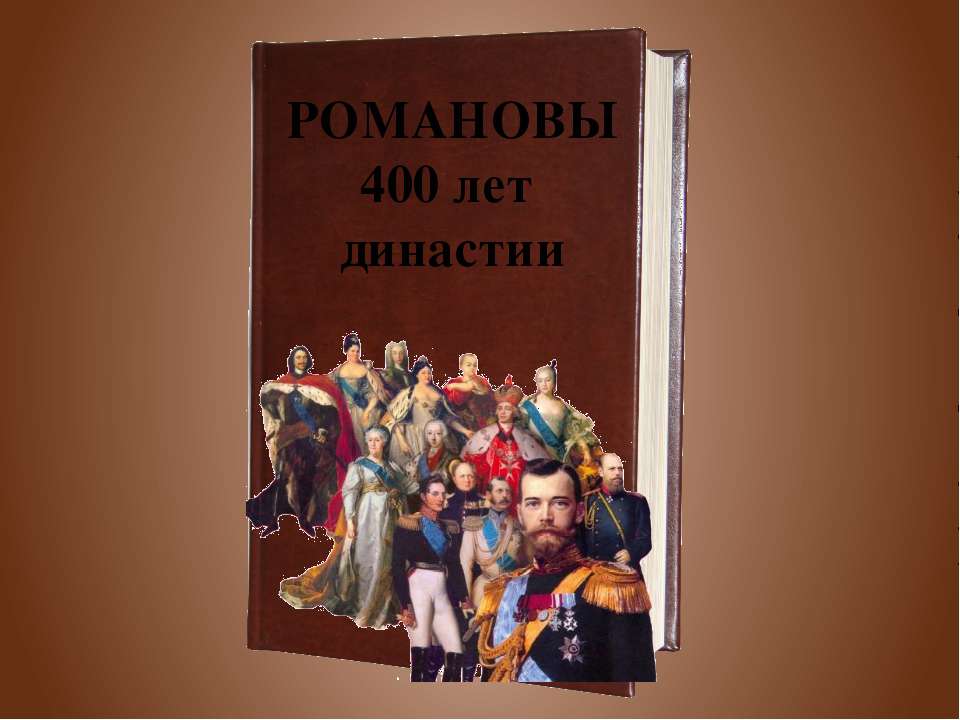Презентация по английскому языку "Королевские династии Англии"

- Рубрика: Презентации / Другие презентации
- Просмотров: 468
Презентация "Презентация по английскому языку "Королевские династии Англии"" онлайн бесплатно на сайте электронных школьных учебников edulib.ru
The Norman Dynasty
The Norman House began to rule England in 1066, it was from that moment that the country began to “number” monarchs. The custom came from France and was forever fixed in Europe as a royal feature. The first king of the Norman dynasty was the Illegitimate William I the Conqueror.
After him, in 1087, his son Robert ascended the throne, who was forced to fight for the right to hold the crown with his younger brother William II the Red, who ruled England until 1100
The next king of England was Henry I Beauclerk, who sat on the throne until 1135. During his lifetime, his daughter Matilda was announced as his direct heir, but the constant struggle for power allowed the empress to begin leadership only in 1141. At the same time, Stephen of Blois, who sat on the throne until 1154, assumed himself King of England.
The Plantagenet Dynasty
The Plantagenets ruled England from 1154 to 1399. The progenitor of the royal family is Gottfried the Handsome, who received a prefix to the name in honor of the habit of decorating his helmet with a branch of furze (planta-genista).
The monarch became the spouse of Matilda, and their son Henry is the founder of the Plantagenet dynasty, which gave the English throne 8 kings, including Henry II (1154 — 1189), Richard I, named “Lionheart” (reign — 1189 — 1199), John the Landless, ruling until 1216, as well as three Eduards — I, II and III. The last of the Plantagenet family was Richard II, after which the family ended the era of his reign in 1399, giving way to the Lancasters.
Richard I, named “Lionheart”
The Lancaster Dynasty
The first official representative of the Lancastrian branch to ascend to the royal throne was Henry IV.
Lancasters were holders of the titles of earls and dukes. Henry III Plantagenet became the parent of Edmund, he was the youngest son of the king and he bore the moderate title of count. His grandson Henry became, through the efforts of Edward III, who ascended the throne in those days, a duke.
Henry's daughter, named Blanca, became the wife of Edward III's son, John Plantagenet, who was later elevated to the Dukes of Lancaster. The eldest son of John and Blanca and became the progenitor of the dynasty, it was Henry IV.
This royal house stood from 1399 to 1461, for a very short time. And all because Henry IV's grandson, Henry VI, died on the battlefields, just like Henry VI's son, Edward. 24 years after this surname, representing the dynasties of England, died out, Henry of the Tudor family, Lancaster's female relatives, took the throne.
Another royal branch of England, the York family, originates from King Edward III. It comes from Edmund, the fourth son of King Edward III.
The York Dynasty
1461 — activation of the famous war of the roses. York is a ducal title that was passed on by English monarchs to members of their family. But then this title began to be handed over by inheritance. And the royal past of the ancestors allocated the right to the throne to the Yorks.
The fading branch of the Lancastrians provided important help for the Tudor dynasty by supporting Henry Tudor, despite the fact that the Beauforts' relatives also included the notorious Duke of Buckingham.
Richard III seized power in England, but could not keep it, and then Henry ascended the throne, who married Elizabeth, the daughter of Edward IV and initiated the union of the Lancaster dynasty with the Yorks.
The Tudor Dynasty
The history of this royal house is quite interesting. It starts from Wales, it is a branch of the Koilchen family, and every representative of this family automatically has the right to own England. Owen Tudor's son, Maredid, was married to Henry V's widow, Catherine of France.
The sons of these Tudors, named Edmund and Jasper, were half-brothers of Henry IV. Having ascended to the throne, this king of England gave the sons of the Tudor family earldoms.
Thus Edmund became Earl of Richmond, and Jasper became Earl of Pembroke. After that, the Lancaster and Tudor family ties were sealed once again. Edmund took Marguerite Beaufort as his wife.
She was the great-granddaughter of the founder of the Lancaster branch, John Gaunt Plantagenet. And it turned out, thanks to the legalized line, which included the offspring of John's mistress — Catherine Swinford, who previously could not claim the supreme throne of England. From the marriage of Edmund and Margaret Beaufort, the future King of England Henry VII was born.
The royal Tudor dynasty continued under the leadership of Henry VIII after the death of Henry VII. He had three children. They were the ones who headed the supreme throne of England after his death. They were representatives of the Tudor branch, King Edward VI and Queen Mary I “Bloody” and Elizabeth I.
After the death of Elizabeth I, the Tudor dynasty died out. The closest surviving relative was the Scottish King James VI, who was the son of Mary Stuart, the daughter of James V. He, in turn, was born to Margaret Tudor, the sister of Henry VIII. Thus began a new royal dynasty — the Stuarts.
The Stuart Dynasty
The Stuarts, an ancient Scottish family, succeeded the Tudors in 1603. James I, the first monarch of this dynasty ruled until 1625.
But already in 1649, his son was deposed from the throne and killed, and England (oh, horror!) It became a republic... in 1653, the ruler of the country was Oliver Cromwell. Charles II regained the throne and the reign of the Stuarts lasted until 1807, when the last representative of the dynasty, Henry Benedict, died.
The Hanoverian Dynasty
The Hanoverian dynasty ruled Great Britain until 1901. Their power is characterized by the strengthening of the power of parliament and the development of democracy. The industrial revolution happened. India was conquered. We know this time more by the name “The Victorian Era"!
Queen Victoria 1837 - 1901
married Albert of Saxe - Coburg Gotha. Ruled during the industrial revolution. The British Empire became powerful, rich and confident. When Victoria died in 1901, after the longest reign in English history, the British Empire and British world power had reached their highest point. She had six children, 40 grand-children and 37 great-grandchildren, scattered all over Europe.
The Windsor Dynasty
The Windsor Dynasty is today the ruling royal dynasty in Great Britain, a junior branch of the old Saxon house of Wettin. Until 1917, it was named Saxe-Coburg-Gotha. At the end of the First World War on July 17, 1917, George V renounced all German titles and titles for himself and his family, as well as his family name, adopting the surname "Windsor" after the name of Windsor Castle.

























